As an Ayurvedic medical practitioner, I recommend a holistic approach to managing high blood pressure (hypertension) that includes specific herbs known for their therapeutic properties. These herbs, combined with a balanced lifestyle and diet, can help effectively lower blood pressure over the long term. Here are some Ayurvedic herbs traditionally used for managing hypertension:
Ayurvedic Herbs for Long-Term Blood Pressure Management:
1. Ashwagandha (Withania somnifera)
Ashwagandha is an adaptogen that helps the body manage stress, one of the significant contributors to high blood pressure. It has been shown to reduce cortisol levels, which in turn can help lower blood pressure.
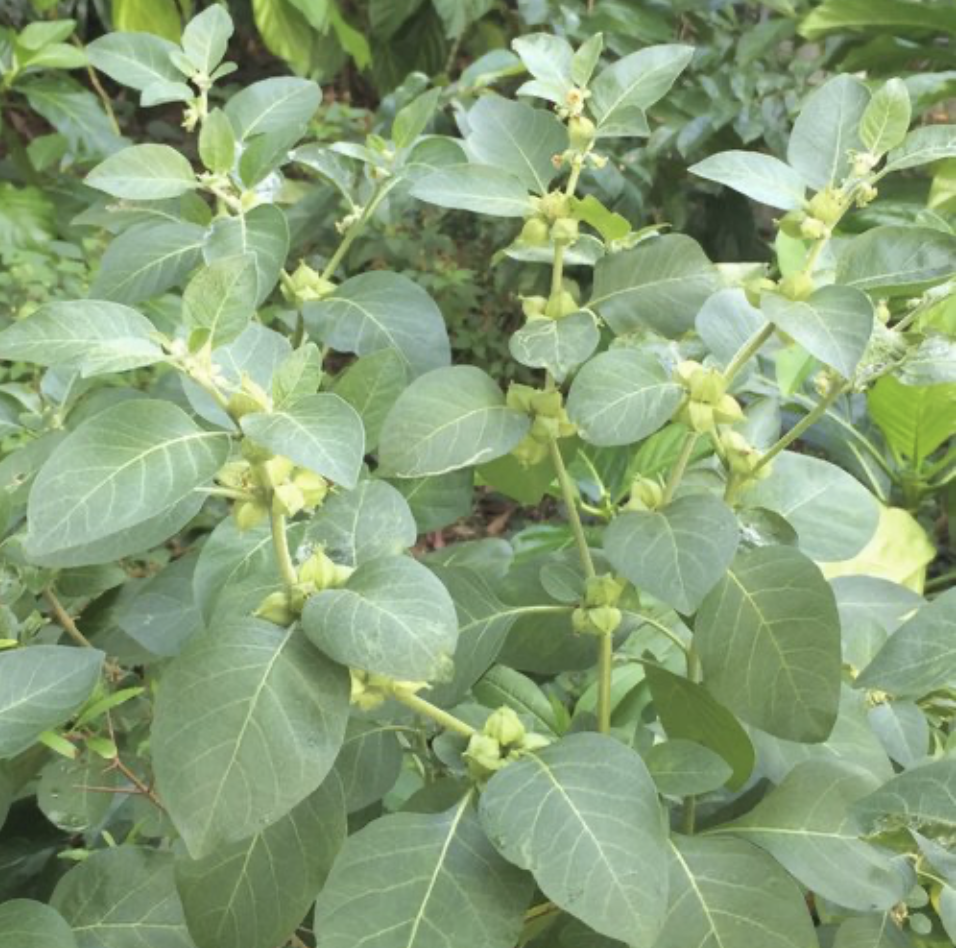
2. Arjuna (Terminalia arjuna)
Arjuna bark has cardioprotective properties. It helps in strengthening the heart muscles, improving cardiac function, and maintaining healthy blood pressure levels.
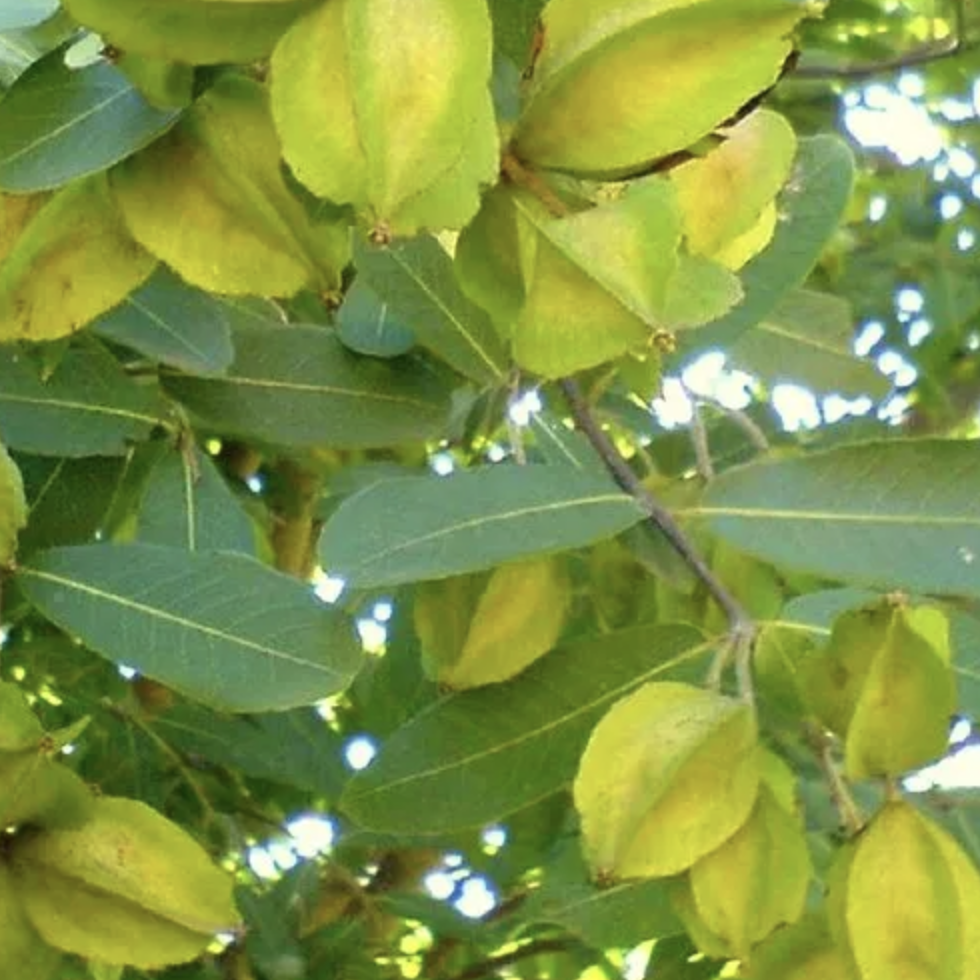
3. Triphala
A blend of three fruits (Amalaki, Bibhitaki, and Haritaki), Triphala is known for its detoxifying properties. It helps in maintaining a healthy digestive system, which can indirectly benefit blood pressure regulation.
4. Brahmi (Bacopa monnieri)
Brahmi has neuroprotective and adaptogenic properties, making it effective in reducing stress and anxiety, which are significant contributors to high blood pressure.

5. Sarpagandha (Rauwolfia serpentina)
Sarpagandha is one of the most well-known Ayurvedic herbs for treating high blood pressure. It contains reserpine, which helps in calming the nervous system and reducing blood pressure.

6. Punarnava (Boerhavia diffusa)
Punarnava is a diuretic herb that helps in reducing fluid retention and lowering blood pressure. It also has rejuvenating properties.
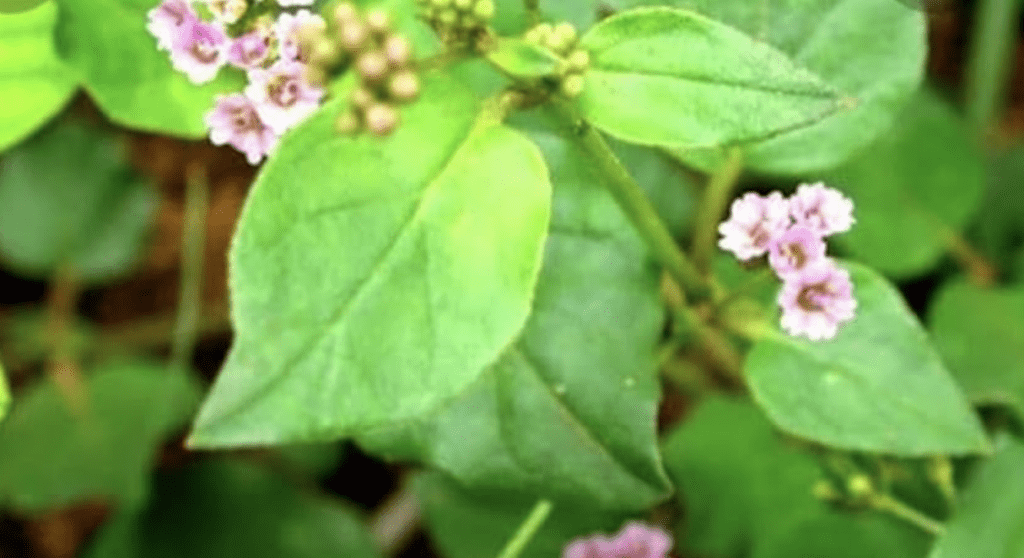
7. Jatamansi (Nardostachys jatamansi)
Jatamansi is known for its calming and stress-relieving properties. It helps in stabilizing mental health and reducing blood pressure.
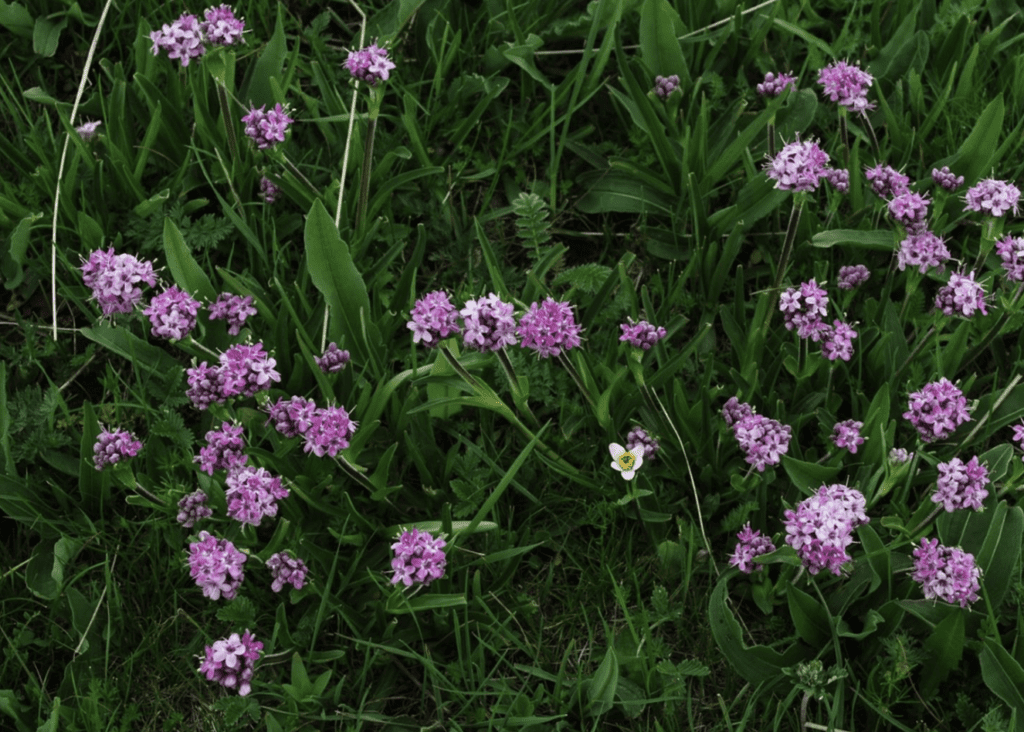
8. Shankhapushpi (Convolvulus pluricaulis)
Shankhapushpi is another herb with potent calming effects, useful in reducing stress-induced hypertension.
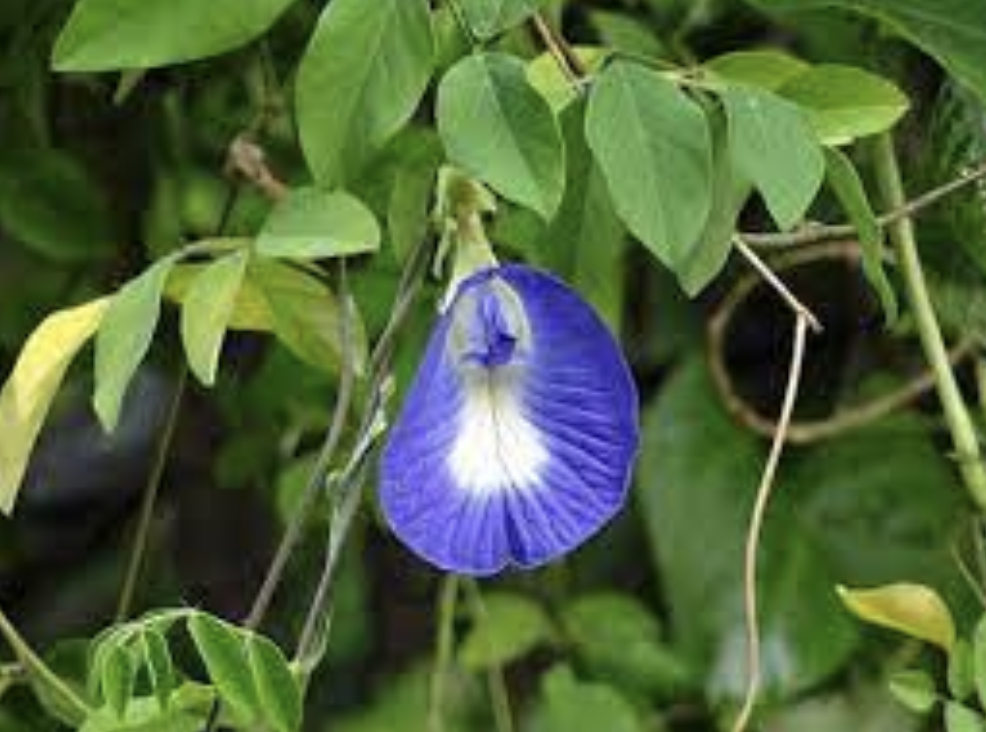
Lifestyle and Dietary Recommendations for Blood Pressure Management
It’s important to note that while herbal foods can contribute to lowering high blood pressure, they should complement, not replace, conventional medical treatments and lifestyle changes. Here are some herbal foods and natural remedies known for their potential to help manage blood pressure in the long run:
Sattvic Diet: Emphasize fresh fruits, vegetables, whole grains, nuts, seeds, and legumes. Avoid processed foods, excessive salt, and caffeine.
Hydration: Drink adequate water and herbal teas such as hibiscus and chamomile.
Herbal Foods for Long-Term Blood Pressure Management:
1. Garlic
Garlic contains allicin, which has been shown to have blood pressure-lowering effects. Regular consumption of garlic can improve blood vessel flexibility and reduce peripheral resistance.
2. Hibiscus Tea
Hibiscus flowers contain bioactive phytochemicals that act as a natural ACE inhibitor, helping to relax blood vessels and reduce blood pressure.
3. Flaxseeds
Rich in omega-3 fatty acids, flaxseeds help reduce inflammation and improve cardiovascular health, which can lead to lower blood pressure levels over time.
4. Celery Seed
Celery seed extract is believed to have antihypertensive properties, possibly due to its fiber and antioxidant content.
5. Olive Leaf Extract
Olive leaf extract contains oleuropein, a compound known for its antihypertensive and anti-inflammatory properties.
Other Dietary Considerations:
6. Berries
Berries, especially blueberries, are high in flavonoids, which have been associated with lowering blood pressure.
7. Beetroot
Beetroot is rich in nitrates, which the body converts into nitric oxide, a compound that relaxes and dilates blood vessels.
8. Dark Chocolate
High in flavonoids, dark chocolate can help relax blood vessels and improve blood flow, thus lowering blood pressure.
9. Green Tea
Green tea contains antioxidants, particularly catechins, which may help reduce blood pressure by improving endothelial function.
While herbal foods can be a valuable part of a blood pressure-lowering strategy, they should be integrated into a comprehensive plan that includes medical supervision, lifestyle modifications, and possibly pharmacological treatment. Always consult with a healthcare provider before making significant changes to your diet or starting new supplements.
Lifestyle Changes:
In addition to incorporating these herbal foods, adopting a holistic approach is essential for long-term blood pressure management:
- Regular Physical Activity: Engage in moderate physical activity, such as walking, for at least 30 minutes daily. Aim for at least 150 minutes of moderate exercise per week.
- Healthy Diet: Follow the DASH (Dietary Approaches to Stop Hypertension) diet, rich in fruits, vegetables, whole grains, and low-fat dairy.
- Reduce Sodium Intake: Limit salt consumption to less than 2,300 mg per day.
- Maintain a Healthy Weight: Achieve and maintain a healthy BMI.
- Manage Stress: Practice stress-reducing techniques such as meditation, yoga, or deep breathing exercises.
- Limit Alcohol and Avoid Tobacco: Reduce alcohol intake and quit smoking.
- Yoga and Meditation: Regular practice of yoga and meditation can help in managing stress and improving overall cardiovascular health.
- Pranayama: Breathing exercises like Anulom Vilom and Bhramari can be beneficial in reducing stress and improving heart health.
Incorporating the Ayurvedic herbs, and changing the dietary and lifestyle practices can contribute significantly to the long-term management of high blood pressure. However, it is essential to consult with a qualified Ayurvedic practitioner before starting any new herbal regimen, especially if you are on medication or have any underlying health conditions. An individualized approach based on your unique constitution (Prakriti) and current health status (Vikriti) is crucial for the most effective and safe outcomes.
